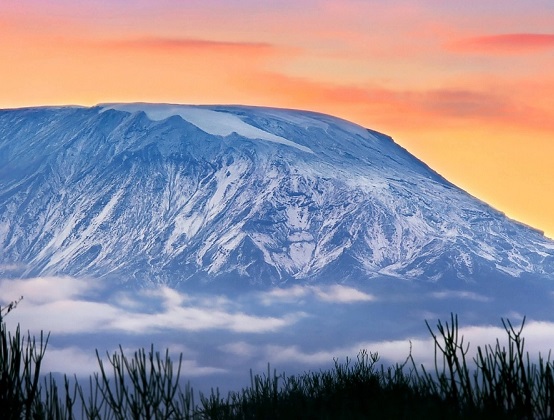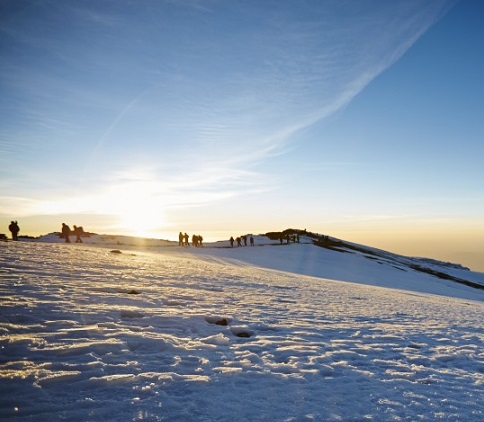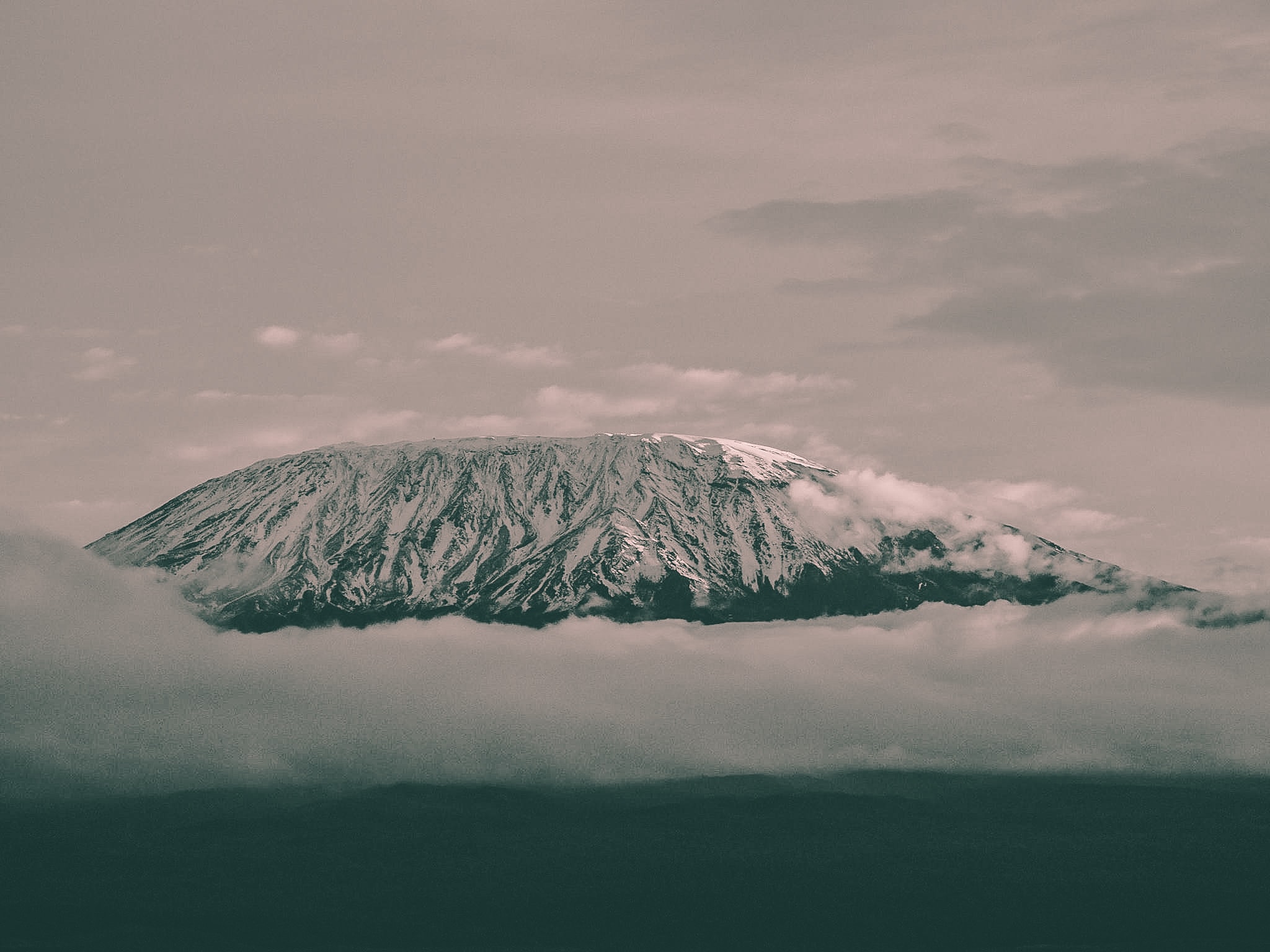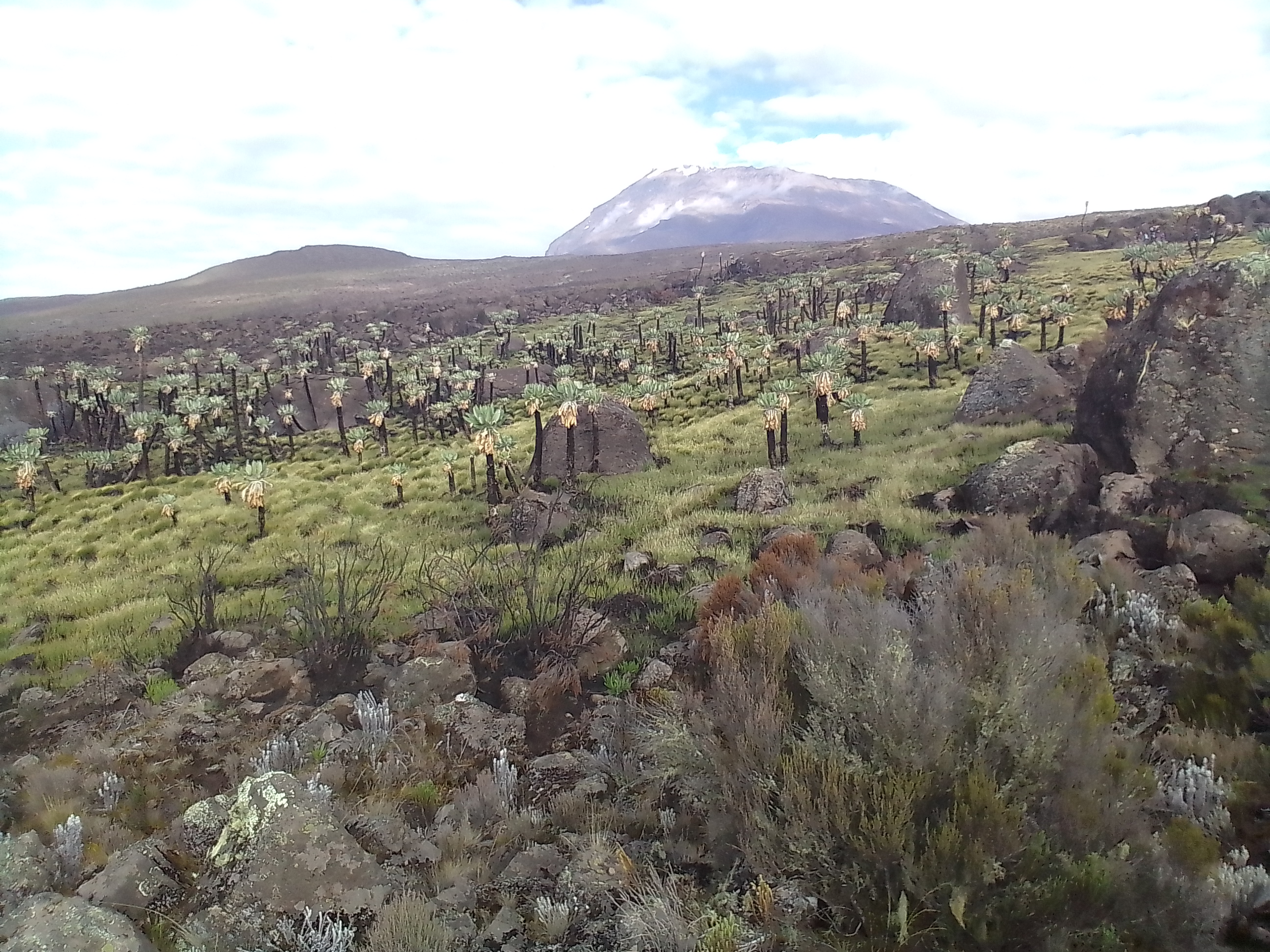Best Time to Join a Safari in Serengeti 2026/2027
National Parks - Tanzania Climbing Package More > 1 Group
The Serengeti National Park in Tanzania is one of the world’s most iconic safari destinations, offering an unparalleled wildlife experience. Known for its breathtaking landscapes, diverse ecosystems, and the legendary Great Migration, the Serengeti is a bucket-list destination for nature lovers and adventure seekers alike. Whether you’re interested in witnessing the dramatic river crossings of the Great Migration, capturing stunning wildlife photos, or simply immersing yourself in the natural beauty of the park, there’s a perfect time for everyone to visit.
The best time for a Serengeti safari is June to October for the dry season, ideal for wildlife viewing and the Great Wildebeest Migration river crossings. For the calving season and high predator activity, visit in January and February. The low season of March to May and November to December offers fewer crowds, lower prices, and lush green scenery, making it great for budget-conscious travelers or birding.
At PrehemyTours, we are committed to providing personalized safari experiences, expert guides, and unforgettable adventures. Get ready to explore the wonders of Serengeti with us and make memories that will last a lifetime.
The Serengeti National Park offers a once-in-a-lifetime safari experience, from the dramatic Great Migration to tranquil green landscapes and predator-prey interactions. Understanding the seasons allows you to choose the perfect time to visit, ensuring your safari adventure is unforgettable. At PrehemyTours, we provide expert guides and personalized itineraries to make your Serengeti journey extraordinary. Start planning today and create memories that will last a lifetime!

Best Time to Join a Safari in Serengeti
The Serengeti National Park, located in Tanzania, is one of the most renowned safari destinations in the world. Its vast plains provide a perfect backdrop for observing diverse wildlife. Choosing the right time to visit ensures you experience the aspects of Serengeti that interest you most, whether it’s the dramatic Great Migration, calving season, or enjoying lush landscapes with fewer crowds.
The best time to join a Serengeti safari depends on your priorities: June to October is the dry season, ideal for general wildlife viewing and witnessing the Great Migration river crossings. For calving season and fewer crowds, target January to March in the southern Serengeti. Birdwatchers and budget travelers may prefer the wet season (November to May) for lower prices and lush scenery.
Understanding the Seasons in Serengeti
The Serengeti has a distinct dry season from June to October and a wet season from November to May, which includes two rainy periods: the short rains (November to December) and the long rains (March to May). During the Dry Season, expect cooler, clear, dry weather with shorter grass, ideal for viewing animals gathered at water sources and witnessing the wildebeest river crossings. The Wet Season brings occasional showers and lush landscapes, with the long rains (March-May) creating beautiful scenery perfect for photography and the calving season (January-February) offering abundant predator activity.
The Serengeti experiences two main seasons: the dry season and the wet season. Each offers unique opportunities for wildlife viewing, photography, and safari adventures. The dry season is typically sunny and cooler, perfect for spotting animals, while the wet season transforms the park into lush green landscapes ideal for birdwatching and witnessing calving.
Dry Season (June to October) – Best for Wildlife Viewing
During the dry season, the Serengeti becomes a haven for wildlife enthusiasts. Animals congregate near rivers and waterholes, making spotting easier. The Great Migration reaches the northern Serengeti during July-September, with dramatic river crossings at the Mara River. The dry conditions and sunny weather provide excellent opportunities to see the Big Five—lion, leopard, elephant, buffalo, and rhino—while enjoying comfortable safari conditions and fantastic photography opportunities.
Wet Season (November to May) – Best for Green Landscapes and Calving Season
The wet season brings a completely different Serengeti experience. Lush landscapes, flowering vegetation, and abundant wildlife define this period. Calving season from January to March offers a spectacular wildlife show with newborn wildebeest and predator-prey interactions. Birdwatchers will delight in migratory species, and the lower number of tourists ensures a more tranquil safari. Lodges and camps often offer discounts during this time, making it an affordable option.
Month-by-Month Guide to Serengeti Safaris
January – March
Perfect for witnessing calving season in the southern Serengeti and Ndutu region. Thousands of newborn wildebeest are born, attracting predators and offering thrilling wildlife experiences. Lush greenery and fewer tourists make this an ideal period for photographers and intimate safaris.
April – May
These are the wettest months, with vibrant landscapes and fewer tourists. Birdwatching is exceptional, while wildlife viewing is slightly more challenging due to thick vegetation. This period is also budget-friendly with lower lodge rates.
June – July
Start of the Great Migration, moving towards the northern Serengeti. Cooler temperatures and dry landscapes make wildlife viewing and game drives ideal. Excellent photography opportunities as animals gather near water sources.
August – September
Peak months for witnessing the dramatic river crossings of the Great Migration at the Mara River. Wildlife action is intense, making it perfect for safari enthusiasts seeking iconic wildlife moments. Dry and sunny weather enhances the overall safari experience.
October – November
Transition months with the migration moving southward. Wildlife viewing remains excellent, and predators are highly active. November begins the wet season, with occasional showers and fewer tourists.
December
Early calving season begins in the southern Serengeti. Although the migration isn’t at its peak, there’s still plenty of wildlife to observe, with pleasant weather conditions for game drives.
Choosing the Best Time for Your Safari
Your ideal time depends on your priorities: July-September for the Great Migration and river crossings, January-March for calving season and predator action, November-May for lush landscapes and fewer crowds, and April-May for budget-friendly options. Understanding the seasons helps ensure your Serengeti safari matches your interests perfectly.
Frequently Asked Questions (FAQs)
1. What is the best time to see the Great Migration?
The best time to see the Great Migration is typically July to October, when the herds cross the Mara River into Kenya's Masai Mara, with late July and August offering the best chances to witness these dramatic river crossings. However, for the birth of new calves, visit the southern Serengeti and Ngorongoro Conservation Area from February to March.
2. Is it safe to visit Serengeti during the wet season?
Yes, it is safe to visit the Serengeti during the wet season (roughly November to May, with the long rains in March-May), though it offers a different experience with lush green landscapes, baby animals, and good birding opportunities. While wildlife spotting can be more challenging due to tall grass, and some roads may become difficult to navigate, you can still see incredible wildlife, enjoy a more intimate and affordable safari experience with fewer tourists, and benefit from a generally beautiful, lush environment. Visitors should be prepared for potential malaria risk during this time and should take preventive measures, and know that the rains typically occur as afternoon thunderstorms rather than all-day downpours.
3. What are the benefits of visiting Serengeti in the low season?
Visiting the Serengeti during the low season offers significant cost savings, fewer crowds for a more peaceful experience, and beautiful, lush green landscapes after the rains. It's an excellent time for budget-conscious travelers, photographers, birdwatchers, and those seeking a more intimate safari. The main downside is potentially muddy roads and some lodges closing, but the abundance of newborn animals and vibrant scenery makes it a unique and rewarding experience.
4. Will I see the Big Five during my safari?
Serengeti is home to the Big Five. Yes, it's highly likely you'll see all the Big Five (lion, leopard, black rhino, Cape buffalo, and elephant) during a safari in the Serengeti, though black rhinos and leopards can be more elusive than the other three. The Serengeti has large populations of lions, elephants, and buffalo, and with a longer trip and careful searching, you can increase your chances of spotting the more challenging leopard and rhino.
5. What should I pack for a Serengeti safari?
Pack light, comfortable clothing, a camera, binoculars, hat, sunscreen, insect repellent, and walking shoes. Include a rain jacket for the wet season.
6. Are budget safaris available in Serengeti?
Yes, budget safaris are available in the Serengeti through options like group camping safaris, joining group tours, and staying in budget-friendly tented camps or lodges. These packages allow travelers to experience the Serengeti and other Tanzanian national parks at a lower cost by sharing expenses or choosing more basic accommodations and overland transport.
7. Can I book a last-minute safari in Serengeti?
It’s possible but limited, especially during peak months like July-September. Booking in advance ensures the best accommodations and itineraries.



.jpg)

